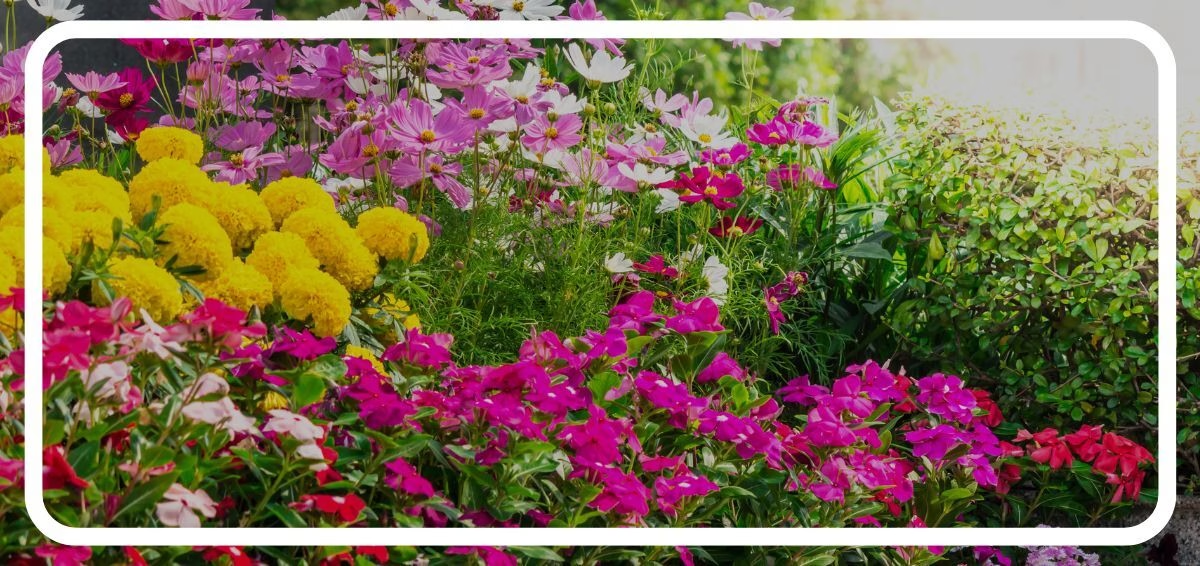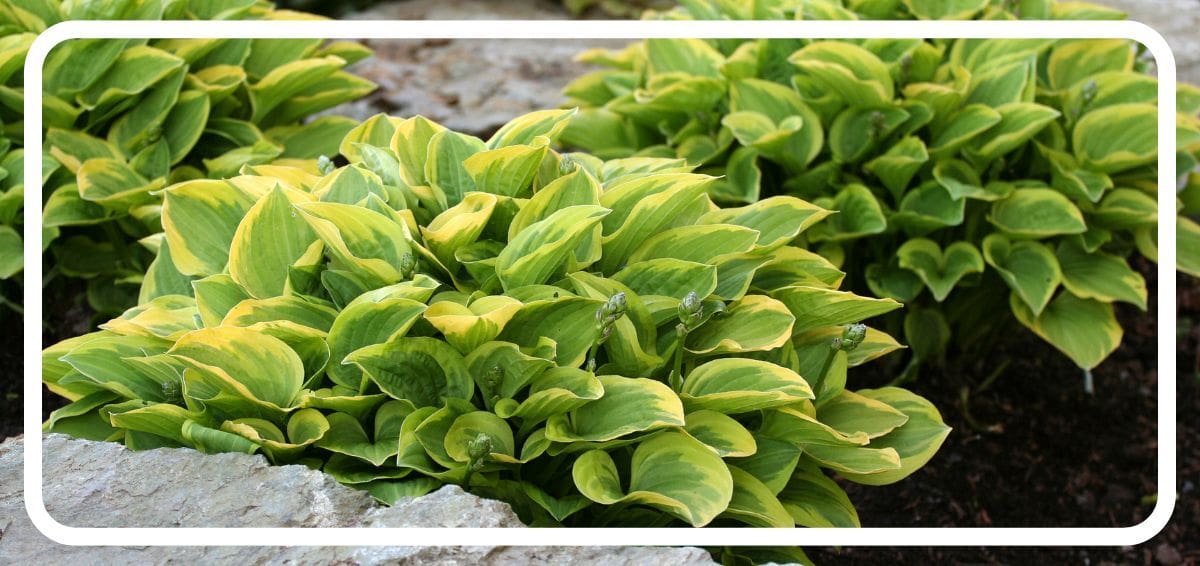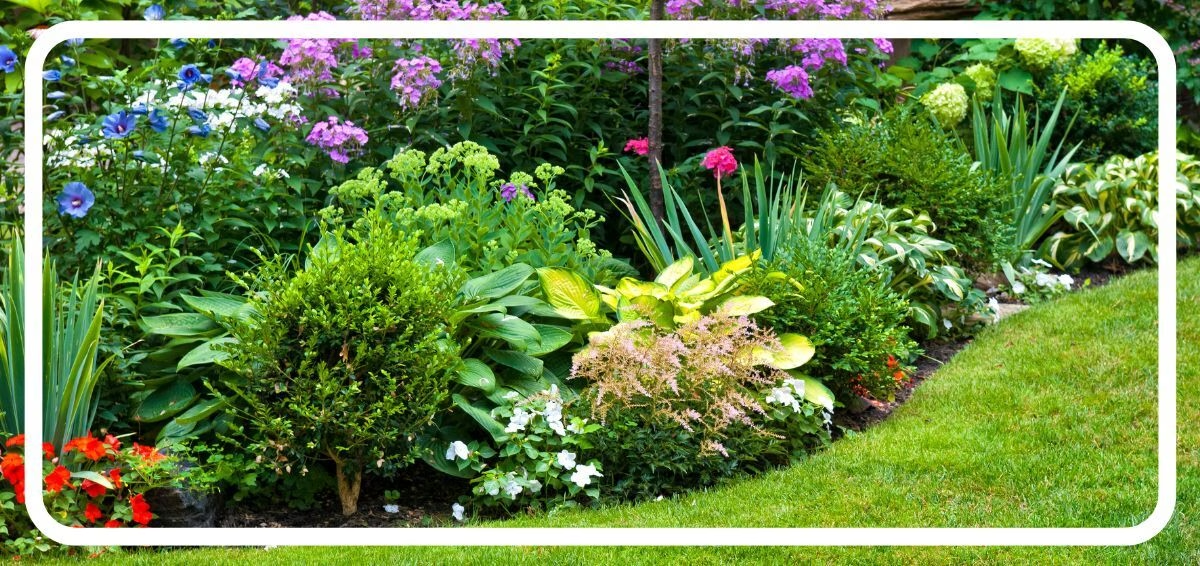A garden that is in full bloom from early spring to late fall is every homeowner’s dream. If you live in the Cleveland suburbs or anywhere in Northeast Ohio, you know how quickly the seasons change. One week, the snow is melting; the next, your yard is full of life.
But how do you keep your garden looking vibrant all season long?

The answer is smart planning and an understanding of succession planting flowers in Ohio.
In this guide, you’ll learn how to design a perennial garden that’s always in bloom. We’ll cover the benefits of following bloom schedules, how to use succession planting, and how to select the best plants for continuous bloom in Ohio.
You’ll also get practical steps, sample bloom schedules, and tips for filling in those tricky lulls. By the end, you’ll be ready to create a garden that’s the envy of your neighborhood, or you can call the experts at Lifestyle Landscaping to do it for you!
What Is Succession Planting?
Succession planting is the strategy of staggering bloom times so there’s always something flowering in your beds. Instead of relying on one type of plant to give you color, you combine early-, mid-, and late-season performers, so as one plant fades, the next takes over.
In Northeast Ohio (Zone 6), this means selecting cold-hardy perennials that return each spring, then organizing them by bloom windows (spring → summer → fall) using a local bloom time chart. The result: continuous color from March through October, stronger support for pollinators like bees and butterflies, and a flower bed that looks intentional and is never bare or “between seasons.”
Step-by-Step: Planning Your Perennial Garden for Continuous Bloom
1. Know Your Growing Zone and Bloom Calendar
Northeast Ohio is in USDA Hardiness Zone 6. This means you need plants that can handle cold winters and hot, humid summers. A bloom time chart is your best friend. It tells you when different plants are likely to flower in your growing zone.
Example:
- Crocus and daffodils bloom in March and April.
- Coneflowers and daylilies peak in July.
- Sedum and asters shine in September.
Tip:
Plant labels and websites are helpful, but bloom times can shift due to weather. Visit local gardens or garden centers throughout the year to see what’s blooming.
2. Make a List of Perennials for Each Season
To keep your garden colorful, you need plants for every part of the growing season. Here’s a sample bloom schedule for perennials that thrive in Northeast Ohio:


Create a simple chart or color-coded calendar with plant names and their bloom months. This helps you spot gaps in your garden’s color.
3. Use Succession Planting for Continuous Color
Succession planting means arranging your plants so that as one finishes blooming, another starts. Here’s how to do it:
- Group by Bloom Time: Plant early, mid, and late bloomers together in the same bed.
- Layer Heights: Put taller plants in the back, medium in the middle, and short in front.
- Mix Colors and Textures: Combine flowers with colorful foliage for interest even when blooms are sparse.
Example:
Plant spring-blooming Baptisia next to summer-blooming coneflowers and fall-blooming sedum. As each plant’s flowers fade, the next takes over.
4. Fill Gaps with Annuals and Foliage Plants
Even the best-planned perennial garden can have lulls. Annuals are your secret weapon for non-stop color. They bloom from spring to frost and fill in spaces while perennials are getting established.

Great Annuals for Northeast Ohio:
- Petunias, Marigolds, Zinnias, SunPatiens: Bright, long-lasting color.
- Supertunia Vista® petunias, Suncredible® sunflowers, sweet potato vines: Great for filling space and keeping weeds down.
- Coleus: Grown for colorful leaves, needs less fertilizer than many annuals.
Tip: Use annuals as “filler” plants. Tuck them between perennials or in containers for instant impact.
5. Address Lulls in Bloom
It’s normal for gardens to have quiet periods. Here’s how to handle them:
- Visit Garden Centers: If you notice a lull, visit a local nursery and buy perennials that are blooming at that time.
- Don’t Only Buy What’s Blooming: When shopping, pick some plants that aren’t in bloom yet. This ensures you’ll have flowers later in the season.
- Include Foliage Plants: Plants like coral bells, foamy bells, and ornamental grasses provide color and texture even when flowers are scarce.
6. Care for Your Perennials
Healthy plants bloom longer and may even rebloom. Here’s how to keep them happy:
- Soil: Use well-drained, nutrient-rich soil.
- Deadheading: Remove spent flowers to encourage more blooms (especially for meadow sage and Shasta daisy).
- Fertilizing: Feed your plants as needed, but don’t overdo it.
- Watering: Water deeply but less often to encourage strong roots.
Tips for a Perennial Garden That’s Always in Bloom


- Shop Across Seasons: Visit nurseries in spring, summer, and fall to see what’s blooming and fill gaps in your garden.
- Plan for Pollinators: Many perennials (like coneflower and bee balm) attract bees and butterflies, making your garden lively and healthy.
- Don’t Forget Foliage: Plants with colorful leaves (like coleus and coral bells) add interest when flowers are scarce.
- Use an Ohio Flower Bloom Calendar: This helps you plan and track what’s blooming when.
- Be Patient: Perennials often take a year or two to reach their full potential. Use annuals to fill in while you wait.
Why Work with a Professional?
Designing a garden for continuous bloom takes planning and plant knowledge. Our team at Lifestyle Landscaping has decades of experience creating beautiful garden beds. We know the best plants for continuous bloom in Ohio and how to arrange them for maximum impact.
Whether you want a full garden makeover or just need help filling in the gaps, our experts can walk your property, develop a custom plan, and even handle the planting and maintenance for you. Learn more about our landscape design and installation process.
Ready for a Garden That Blooms All Season?
If you want a garden that will bloom all year, contact Lifestyle Landscaping and our expert landscape design team. We’ll help you create a garden that stays colorful all season long, so you can relax and enjoy your outdoor space, no matter the month.
Contact Lifestyle Landscaping today to get started on your dream garden!
Common Questions About Succession Planting
Can I have a garden that blooms all year in Northeast Ohio?
You can have color from early spring to late fall, but winter blooms are rare. Use evergreens and plants with interesting bark or berries for winter interest.
What if my garden has a “dead spot” with no blooms?
Add annuals or late-blooming perennials. Visit a garden center during the lull to find what’s blooming.
Do I need to replant every year?
No. Perennials come back each year. Add annuals for extra color, but your main garden will return on its own.
